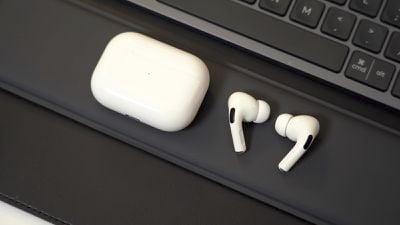Woot today launched a new sale on Philips Hue smart lighting products, including the brand's smart hub, LightStrip+ Extension, various starter kits and bulb sets, and more.
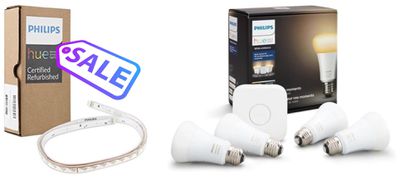 Note: MacRumors is an affiliate partner with Woot. When you click a link and make a purchase, we may receive a small payment, which helps us keep the site running.
Note: MacRumors is an affiliate partner with Woot. When you click a link and make a purchase, we may receive a small payment, which helps us keep the site running.
Prices start at $14.76 for the LightStrip+ Extension, which works as a way to expand the length of an existing Philips Hue LightStrip. This accessory typically sells for around $25.
Other standalone products on sale include the Philips Hue White and Color Ambiance Smart Bulb at $32.79, and the Hue Smart Hub at $33.59. We've rounded up the rest of the refurbished Hue accessories on sale below:
- White Ambiance 4-Bulb Starter Kit - $71.99
- White Ambiance Bulb 4-pack - $55.99
- White A19 LED Bulbs 4-pack - $36.99
- White Ambiance A19 Bulb 2-pack - $23.99
- Color Ambiance Smart Bulb - $31.50
All of the Hue products on sale today have been tested and certified to look and work like new, and also include all relevant accessories and at least a 90 day warranty. Woot does note that some devices may ship in generic packaging. Head to Woot to shop the full sale.


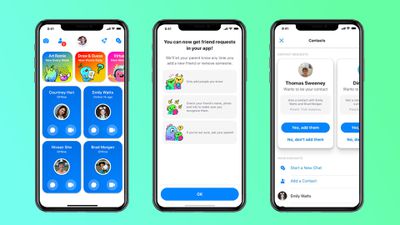
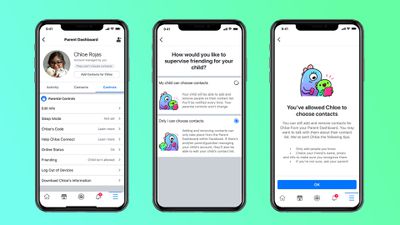
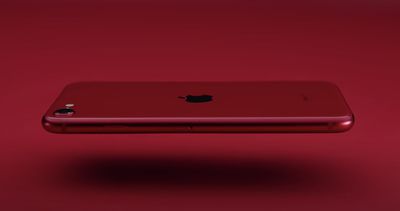
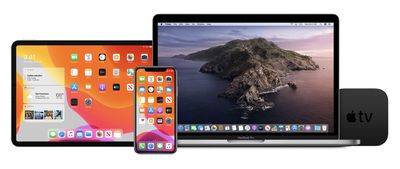
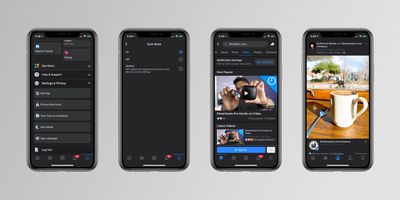
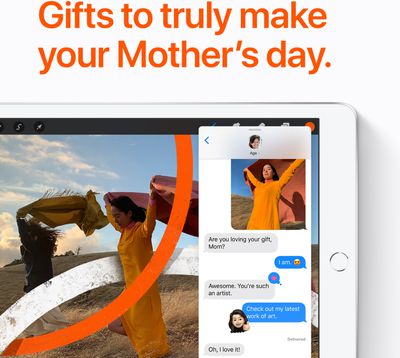
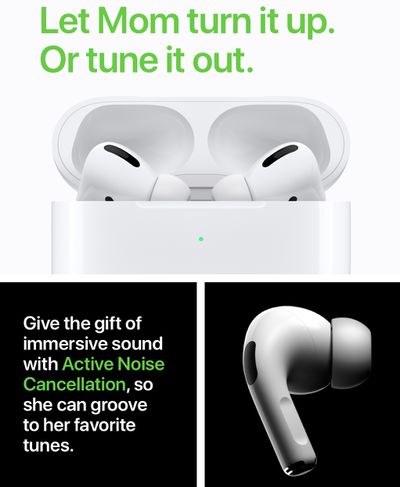
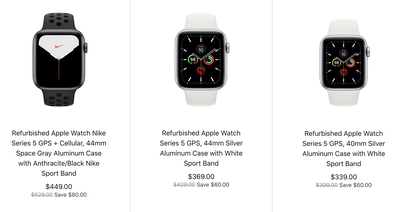
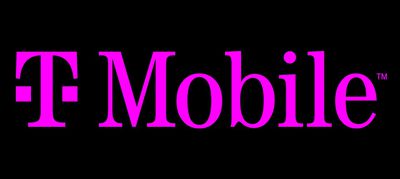
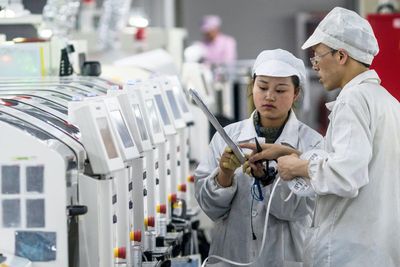
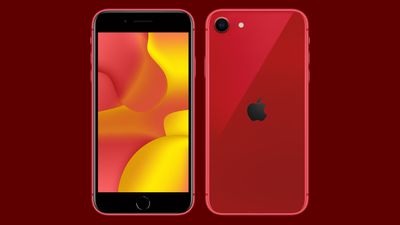
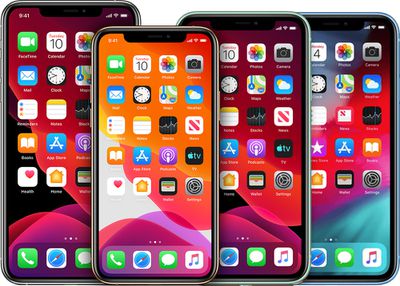
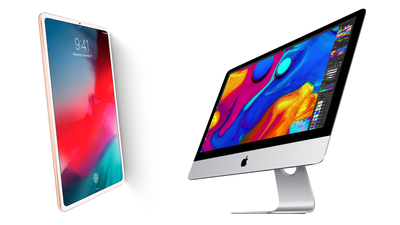

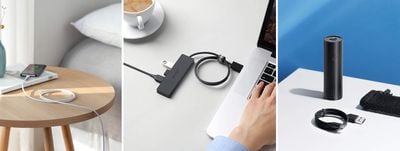 Note: MacRumors is an affiliate partner with Amazon. When you click a link and make a purchase, we may receive a small payment, which helps us keep the site running.
Note: MacRumors is an affiliate partner with Amazon. When you click a link and make a purchase, we may receive a small payment, which helps us keep the site running.